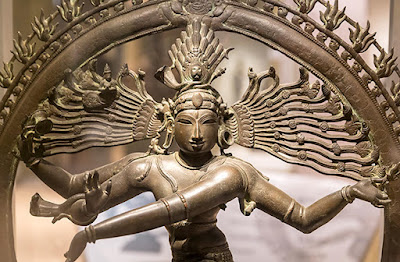There are three stories for Wednesday's class, but the first two are very short. Try to read "Hell Screen" first, because it's the longer and more important story. Get to the last two afterwards, and worse case scenario, focus on "Hell Screen." That said, I think you'll enjoy the other two stories, which share a lot of themes with "Hell Screen," but are a little more silly/humorous.
Answer two of the following:
Q1: How does “Hell Screen” share with stories like “Rashomon” and “In a Bamboo Grove” a very cynical view of human nature? According to these stories, why is there no fundamental difference between a thief, a painter, and a lord? Why might the moral of “Rashomon,” that “All I can do is become a thief” be the moral for this story as well?
Q2: The painter, Yoshihide, claims that he can only paint what he has personally observed with his own eyes—and nothing else. This often leads him to observe rather gruesome spectacles, such as rotting corpses and chained prisoners (and at the end of the story, something even worse). Responding to criticisms of this practice, he responds, “Other painters are such mediocrities, they cannot appreciate the beauty of ugliness” (48). Does this strike you as a very Tao-like sentiment, that true beauty is also to be found in ugliness? Or is this a misinterpretation of the Tao te Ching?
Q4: Each of these stories is told by a Narrator, who, like the characters from “In a Bamboo Grove” doesn’t have complete knowledge of the story. For most of them, this is a story they have only heard second-hand, that happened long ago, and might never have happened at all. How does the storyteller in one of these stories color the narrative and influence what we see and how we read it? How might we also read it against their interpretation?






